Israel Trip Ends at the Site of the Crucifixion and Tomb
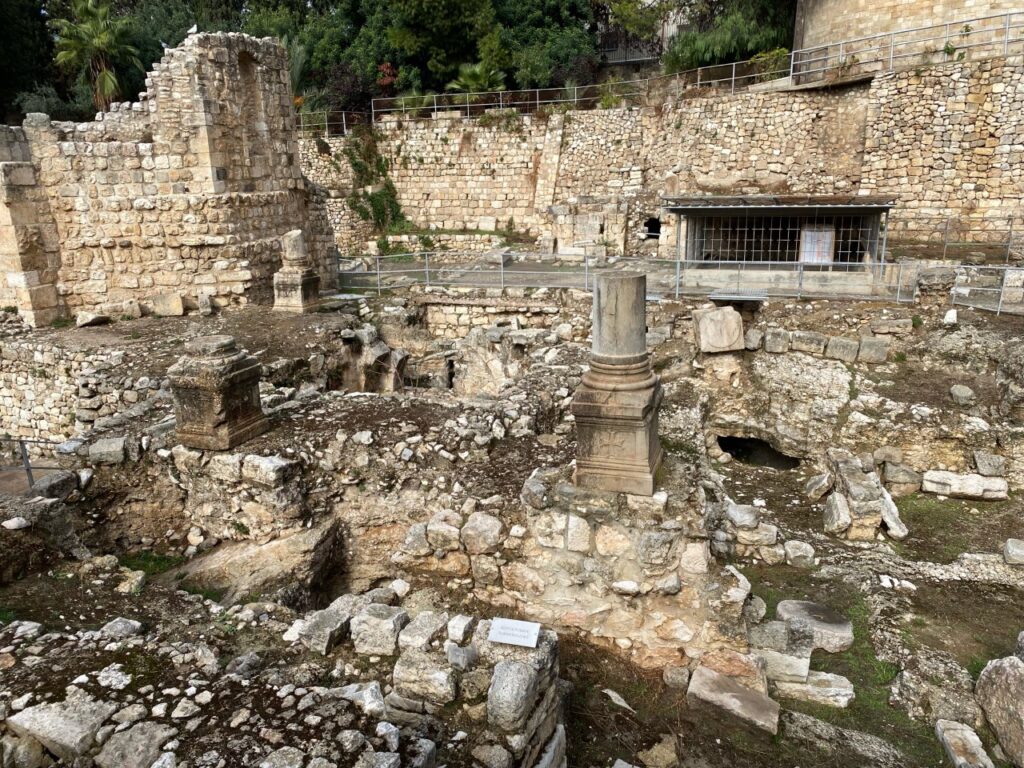
The ruins are all that’s left of the spring where Jesus healed the cripple.
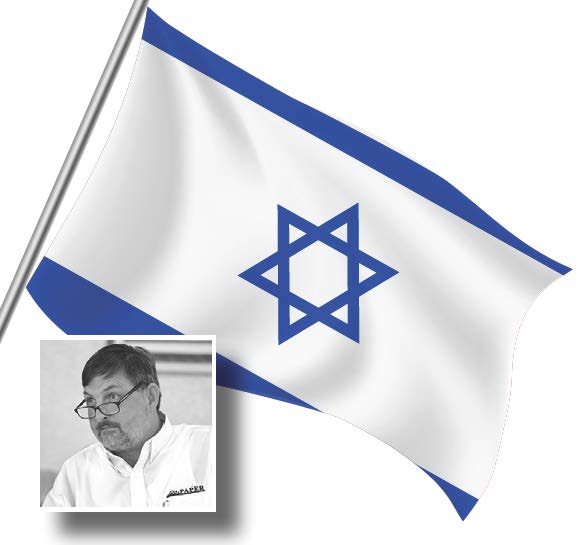
What’s the old saying, save the best for last?
On our final day of the Holy Land tour and personal pilgrimage, we began the morning at Ein Karen, the birthplace of John the Baptist, or John the Baptizer as some refer to him over here. We talked a lot about John this week, including his beheading by Herod Antipas.
In the Old City, we visited the Upper Room, the room where Jesus and His Apostles ate the Last Supper. To stand in that room, look around and realize the magnitude of what happened here is very hard to describe. For some in our group, it was just another stop. For others, the historical and religious impact that came out of that one simple room could not be overlooked.
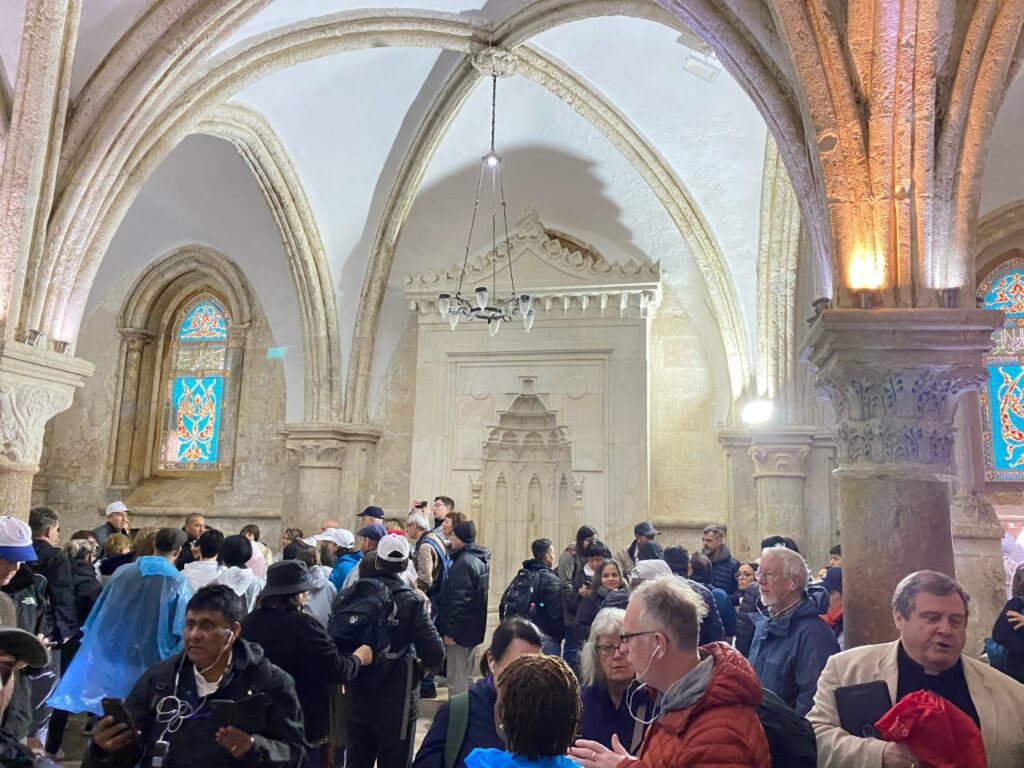
The arches surprised this reporter at the Upper Room, the site of the Last Supper.
As for the room itself, it does not look like what you have seen in Leonard da Vinci’s famous painting. Instead of rafters and right angles, the Upper Room has arches. Perhaps when da Vinci painted it in the late 1400s it was different?
Followers of The Chosen may recall a scene where Jesus cured a cripple by a spring pool, telling the man to pick up his mat and walk. That was called the miracle at Bethesda and it was our next stop. The site, is also said to be the birthplace of the Virgin Mary. A church stands there now commemorating the event – which is also under some dispute.
From there it was on to the Muslim Quarter and the Via Dolorosa – the hall where Pilate held Jesus on trial as well as the path Jesus carried his cross to his death. The stations of the cross are displayed along the way. There was one place just after the Fifth Station (where Simon the Cyrenian was tasked to help Jesus carry the heavy cross) that had an indention in the rock. Our guide told us that it wasn’t in the bible, but it is said that is where Jesus put his hand to catch his balance.
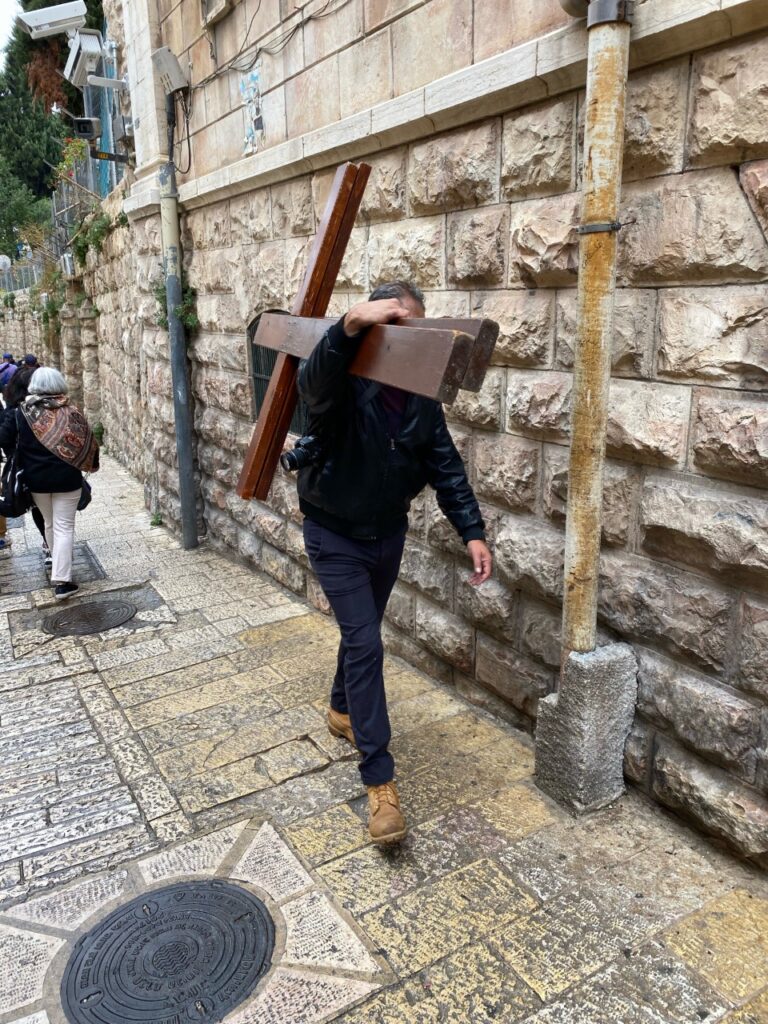
It’s not unusual for some people to carry smaller crosses along the path Jesus took.
Before we arrived at the site of the crucifixion, I can tell you that it was a long walk, most of it uphill. We were winded by the time we got there – of course understanding that we weren’t carrying a cross made of wood that may have weighed as much as 300 pounds.
I can’t stress enough how surreal the entire experience was – standing, walking, touching the same places the Son of God did. To say it was a humbling experience would be a huge understatement – at least for some.
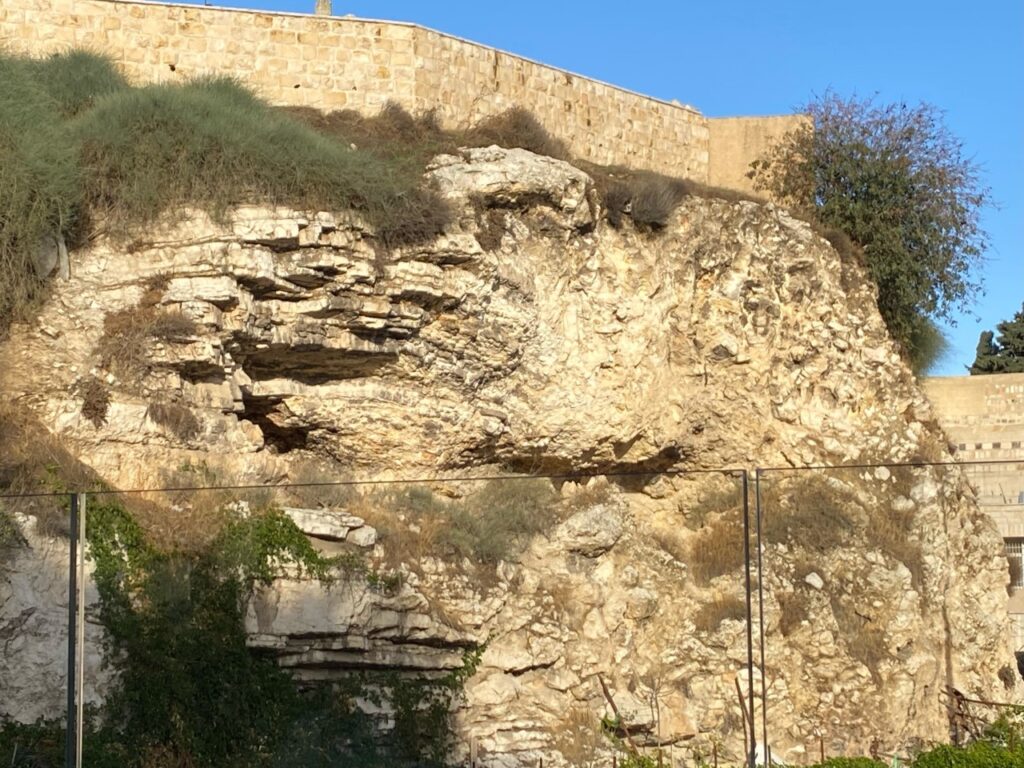
Golgotha is translated into the skull. Is it where Christ was killed?
We entered the Church of the Holy Sepulcher and wound our way through the crowd to the site of the crucifixion. Yes, there is some dispute on the actual site (more on that later), but this seems to be the leading candidate.
It was an honor to be able to kneel, place my grandmother’s rosary and my hand on the site and offer a quick prayer. I suppose for every person that means something different and I would never pretend to speak for anyone else. All I can say is that it was a moment this reporter will never forget.
That is equally true a few minutes later when we knelt by the slab where His body was laid after He was taken down from the cross and before he was taken to the Garden Tomb – a site we visited as well.
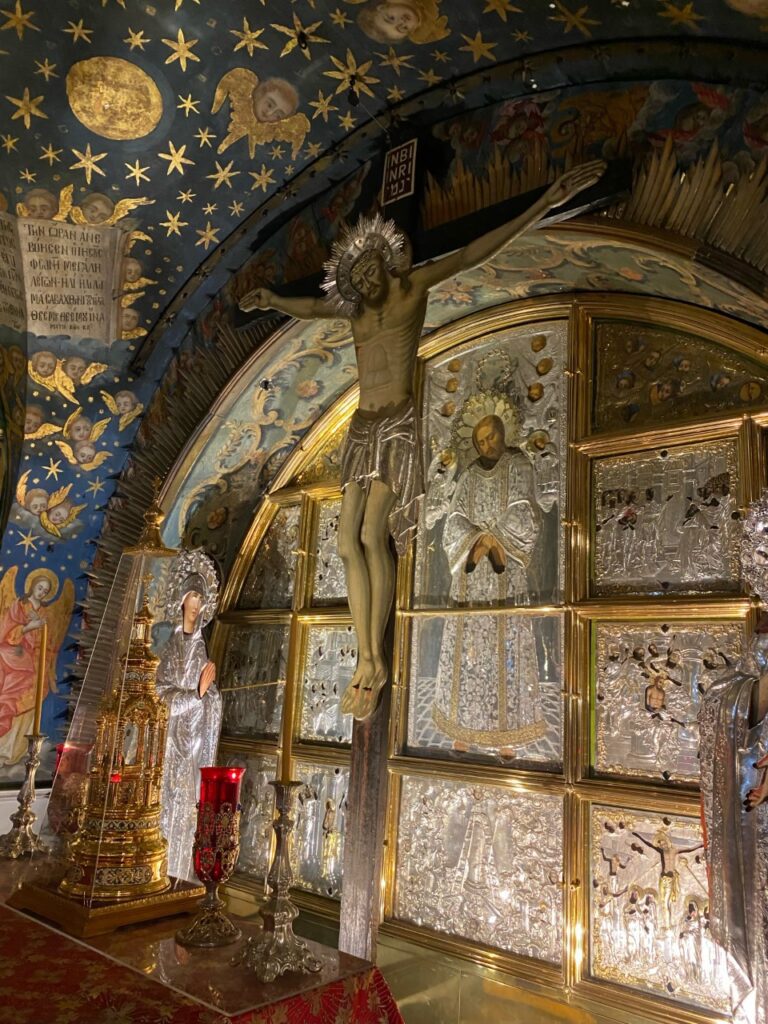
The site most believe is the crucifixion is inside the Church of the Holy Sepulcher.
Like many sites we saw this week, there is some dispute on what was exactly where some 2,000 years ago. We were told that even scholars and archaeologists can’t come to agreement. With that understanding, we visited the other place people claim as the location of the crucifixion, Golgotha. Our guide tried to explain that those who think this is the actual site have some circumstantial evidence. First, it’s near a street and the guide said the Romans wanted executions to be visible to many. Second, some accounts say the crucifixion took place near a garden. In fact, one was just yards away. Jesus’ tomb is in that garden. As we all know, his body laid inside for three days until he rose from the dead in fulfillment of the scriptures. A large rock that was rolled away from the small opening was nearby.
We were allowed to go inside – another unforgettable moment.
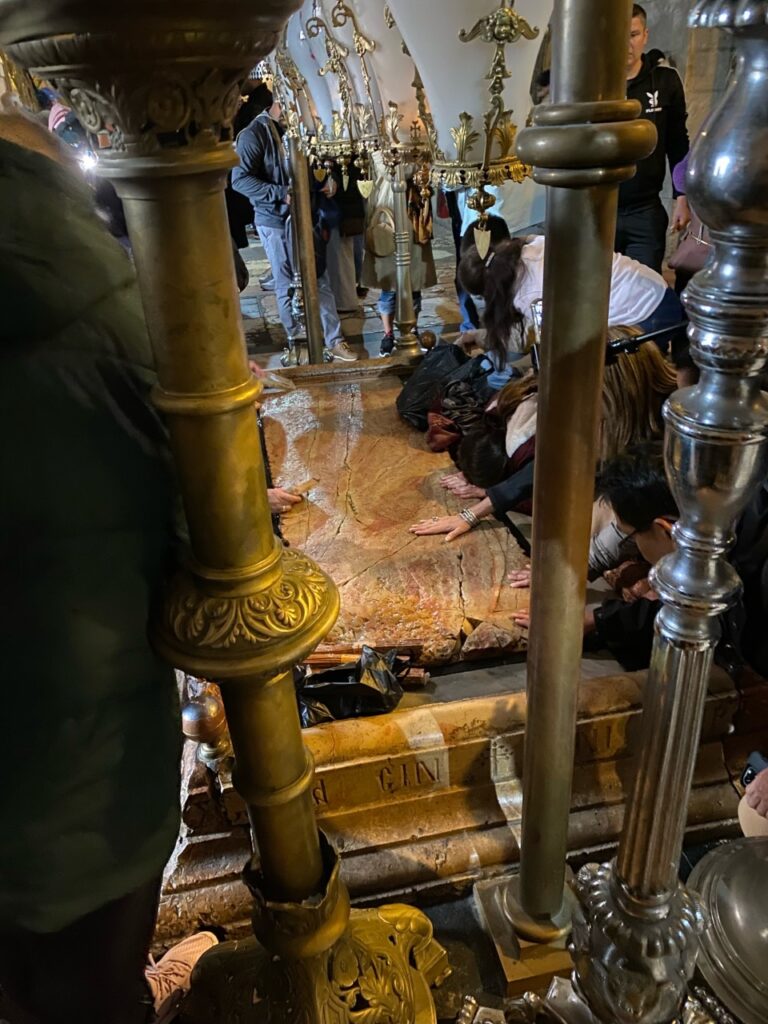
People touched and prayed over the slab where Christ’s body was placed after his death.
Our week-long pilgrimage ended as we left the tomb. We boarded the bus and returned to our hotel. A long flight home awaits and plenty of time for contemplation and reflection.
Like everyone, I have been on multiple vacations in my life. From the backseat of the family car with Mom and Dad to early trips with my new bride to Disneyland with our own kids and more. This was unlike any trip I’ve ever been on.
The questions I faced when this pilgrimage started weren’t so much about my faith as they were about the priority it held in my life. After seeing not just the historical relevance of the life and death of Jesus Christ, but the daily sacrifices and conviction held by so many in this holy land I certainly feel a renewed commitment – perhaps a better understanding of what the Son of God and the Son of Man did for our world.
And like I said when this pilgrimage began, it’s not my place to tell you what is right and wrong and what you should or should not believe. That is a personal choice we all must make. But I can tell you this, if the idea of seeing the Holy Land is on your list of things you might do, it’s highly recommended.
Sagamore News Media’s Tim Timmons is on a pilgrimage to Israel and the Holy Land. He will be writing occasionally during the trip. Timmons can be contacted at [email protected].
